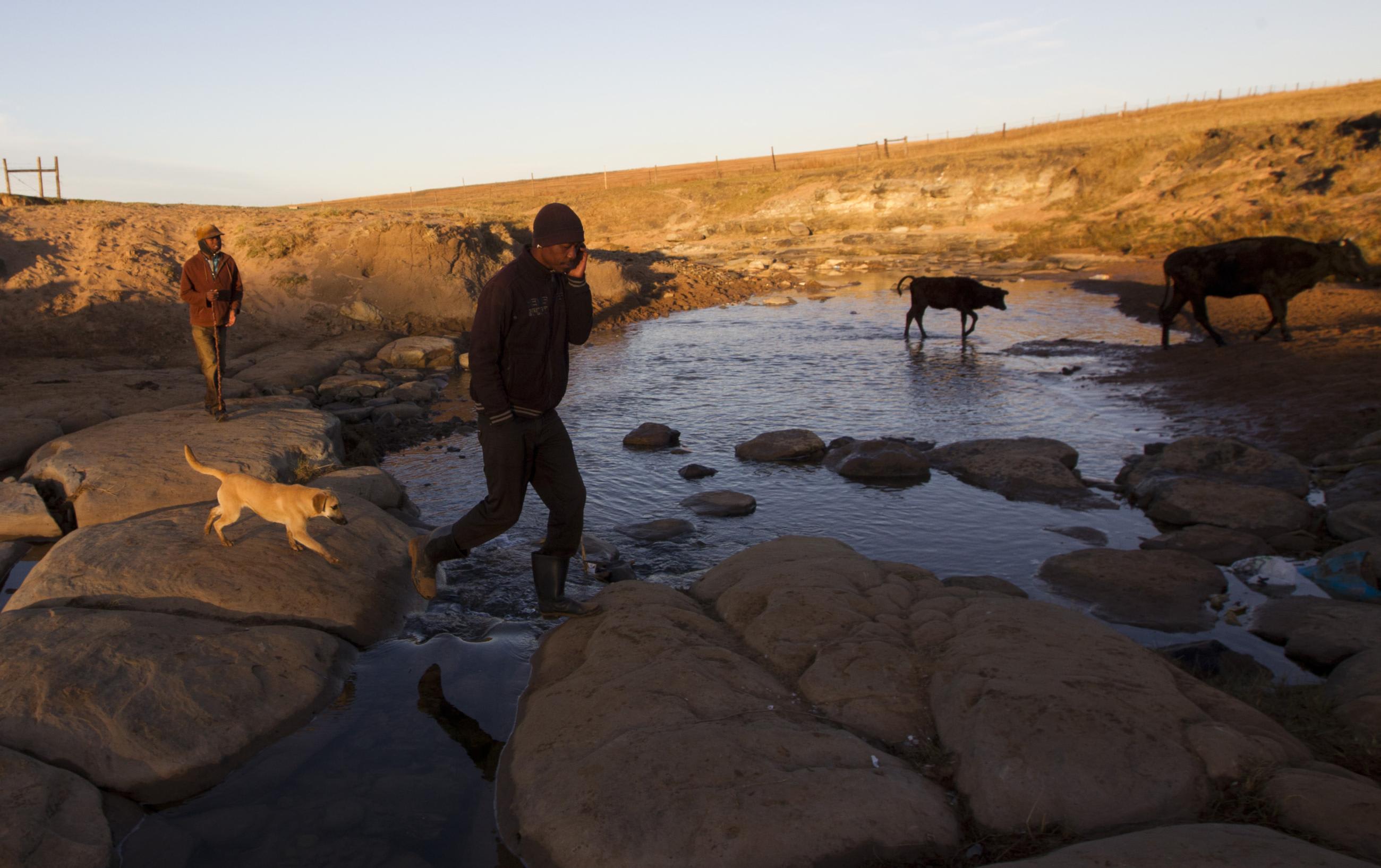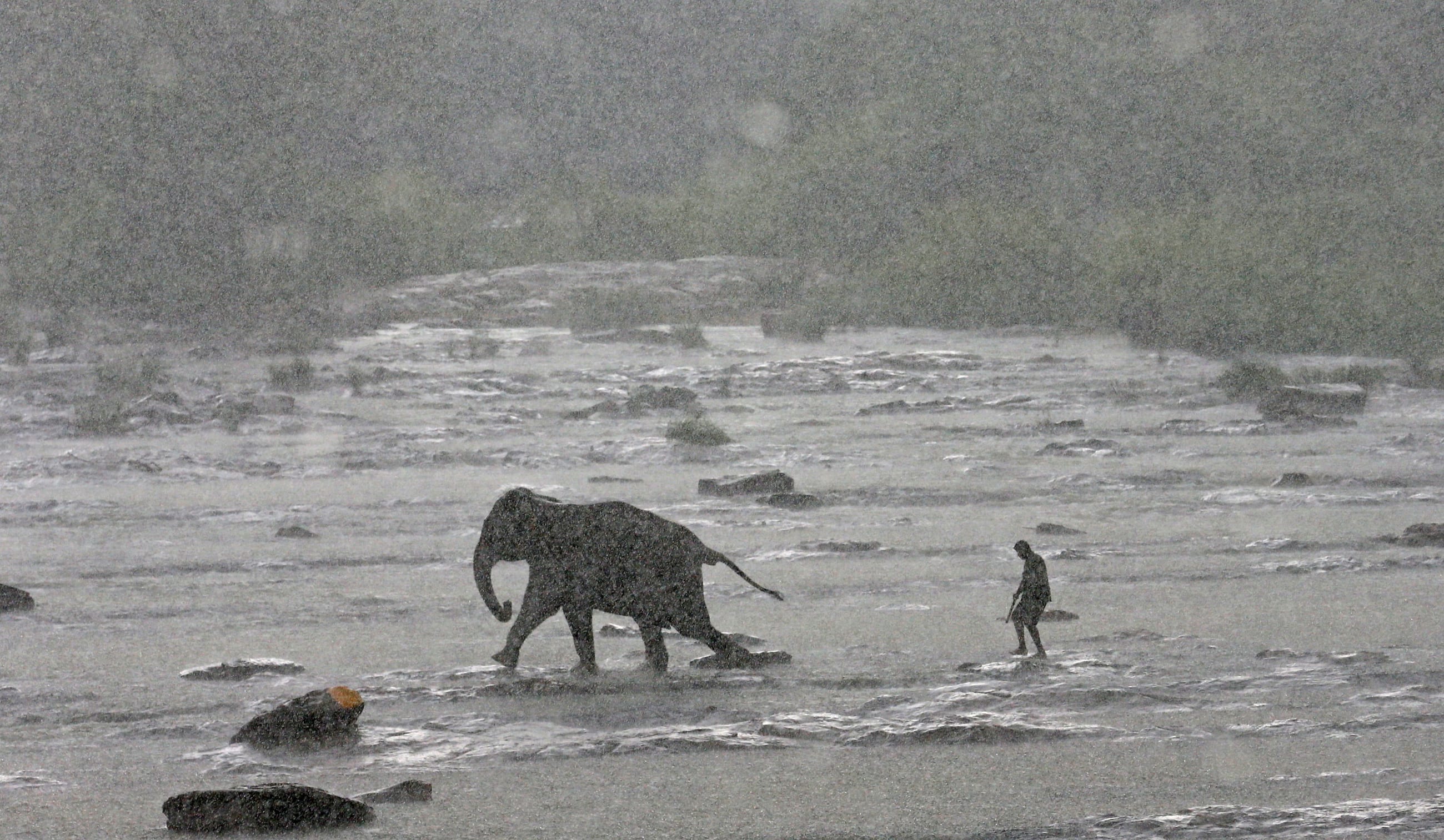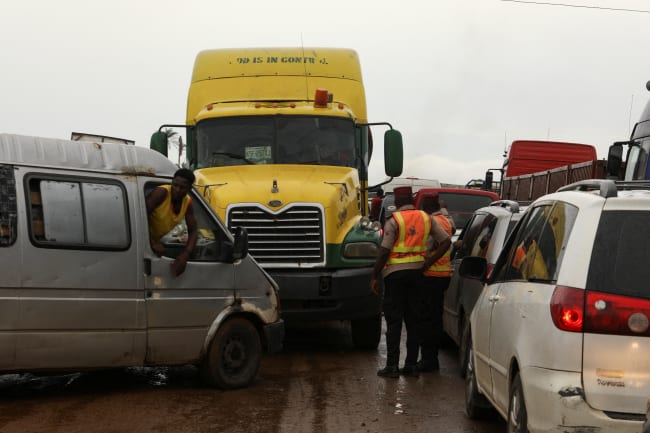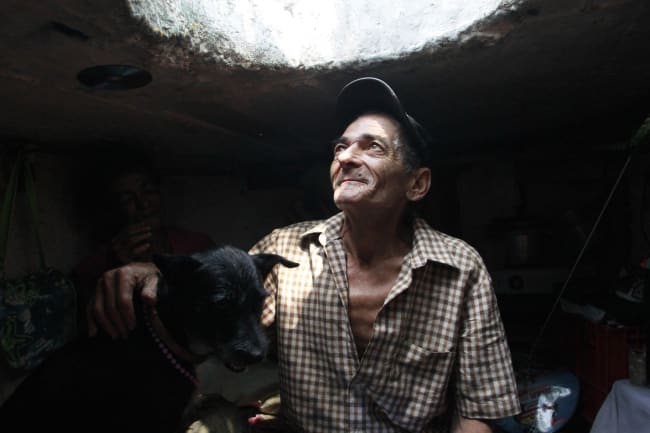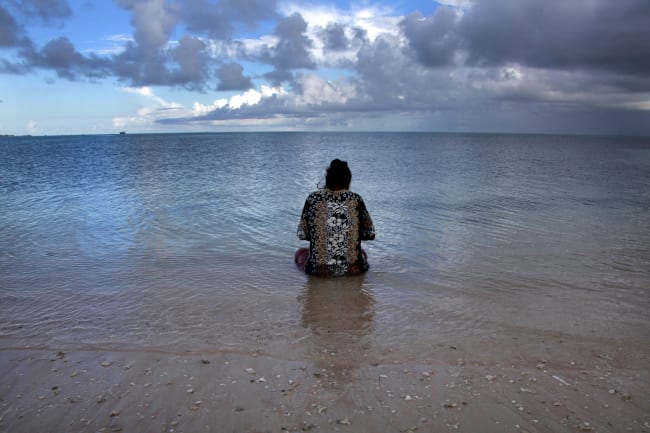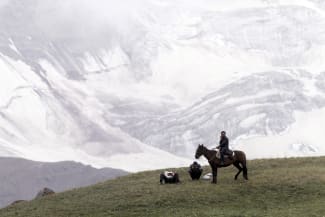Humans share the earth with millions of known species and millions more yet to be discovered. As numerous as these creatures are, so are the viruses, bacteria, and parasites afflicting them.
In a new book, The Elephant in the Room: How to Stop Making Ourselves and Other Animals Sick, science writer Liz Kalaugher combs history to expose how humans have been major contributors to the rise and spread of pathogens among nonhuman animals. Released on May 2, 2025, the book provides valuable insights as humans, domestic animals, and wildlife face outbreaks of diseases such as Marburg, Ebola, mpox, and avian influenza.
Think Global Health spoke with Kalaugher about the importance of deciphering the blame human actions deserve for propelling multiple outbreaks across time and species—and how exacerbating climate change and increased industrialization could prompt more zoonotic disease spillover and jumpstart the next pandemic.
The transcript has been lightly edited for clarity.
□ □ □ □ □ □ □ □ □ □ □ □ □ □ □ □
Think Global Health: In the book's introduction, you write that "the elephant in the room is us." Humankind has influenced the planet both positively and negatively. What would be the primary lesson you hope readers gather about their impact on the planet and wildlife?
Kalaugher: Humans have had quite a bad impact on wildlife health almost without realizing it. In the last couple of decades, researchers have begun to chart how extensive this effect has been. It's difficult: In the wild when animals die, you might not immediately perceive a small drop. If humans aren't there, you may not realize at all. For example, in the tropics, animal corpses can decompose and disappear quickly.
So it is only now that research is recording just how much harm happens, especially given the ways we farm and trade animals around the world, and how we've changed the climate and destroyed habitats. Our practices have altered habitats and forced animals more closely together, causing stress.
Bird flu could potentially grow into a big problem if the virus adapts to transmit between people
Liz Kalaugher
Think Global Health: This book uses a historic lens to convey warnings about modern-day zoonotic viruses, ones that pass between species, and the risks associated with those spillover events. Of all the cases you identified, which provides the most useful lesson and why?
Kalaugher: The one most imminently relevant is bird flu. Bird flu has been around for a long time, but it didn't cause major problems for wild birds. It was just a gut disease that made them a bit ill, and they'd later recover. Then it got into poultry farms. These birds are less genetically diverse than wild birds and are stressed because of their living conditions. This scenario enabled the bird flu virus to spread very quickly between these chickens.
Flu viruses can change quite fast. They do something called reassortment that allows them to mix and match their components if the birds are infected with slightly different strains, which enabled the viruses to change and caused poultry to acquire a highly pathogenic form of avian influenza, which then spread back into wild birds and around the world.
Further, this outbreak has managed to transmit into U.S. cows and then from cows to farmers and some farm cats as well.
A vaccine for humans against this current strain is in development, but bird flu could potentially grow into a big problem if the virus adapts to transmit between people.
Think Global Health: In April, international negotiators finalized the text for the World Health Organization's Pandemic Agreement, and the World Health Assembly will vote on the agreement in May. The concept of One Health features throughout this book and is a pillar of the agreement. Why do you think it's important to implement this all-encompassing approach in international policy?
Kalaugher: One Health is crucial in preventing pandemics from emerging, because only by protecting habitats and looking at the interaction between wildlife diseases and those spilling over into humans can we prevent new diseases from affecting humans.
It is promising that the agreement includes One Health and hopefully that is the start of doing a better job of preventing pandemics, which can save not only lives but also money. The cost per year to prevent pandemics is about $20 billion globally. That is one-tenth of the economic productivity lost each year to viral diseases since the 1918 influenza spilled over from animals.
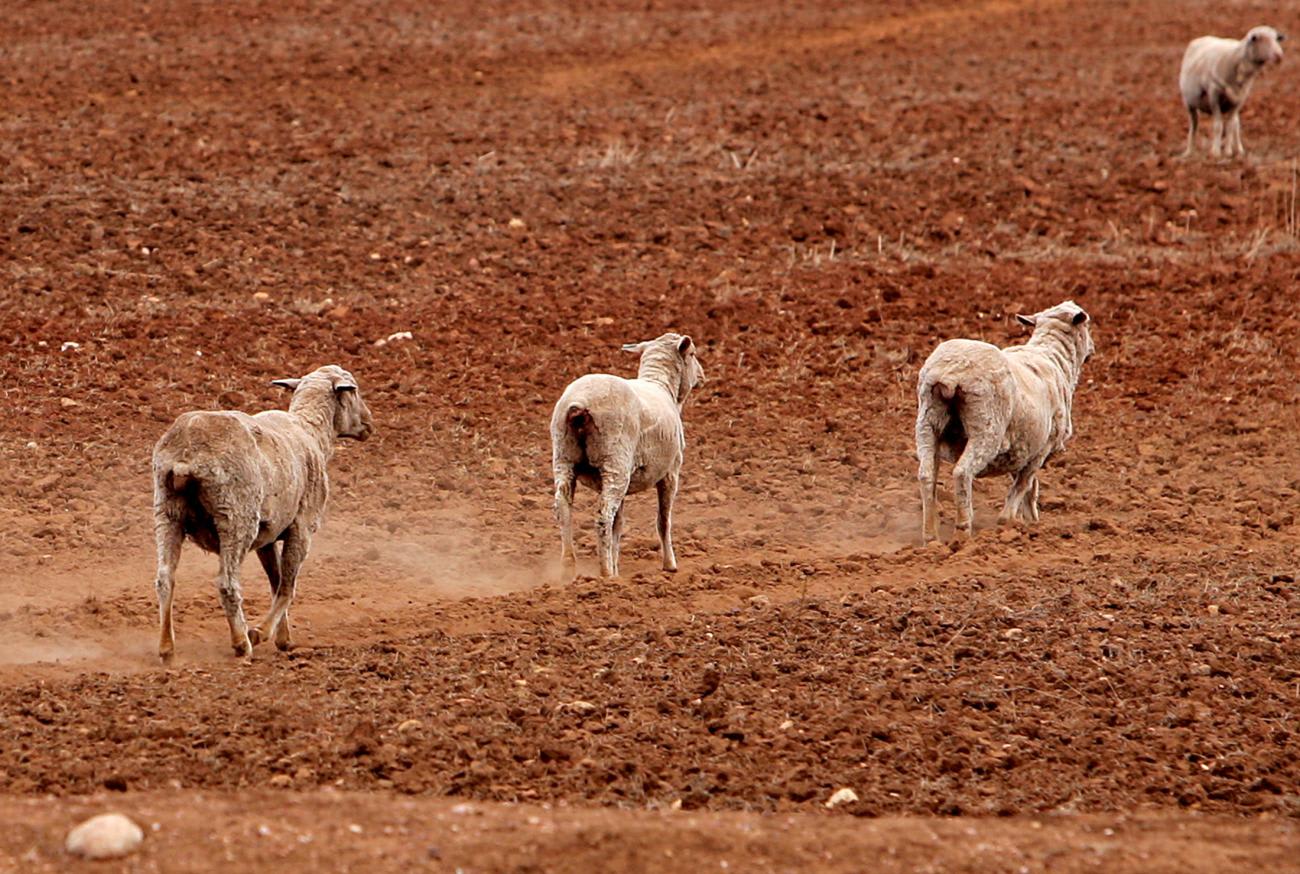
Think Global Health: Some cases you've mentioned portray the negative effects of human interference. Can you briefly explain what happened to the Tasmanian tiger?
The last Tasmanian tiger we know of died in September 1936 in a zoo in Hobart, Tasmania. Some people believe that Tasmanian tigers are still alive today and claim that they have been sighted, but nothing has been confirmed.
Sheep farmers persecuted Tasmanian tigers because they thought the marsupials were killing their flocks, but if you look at the tigers' jaw anatomy, the main culprits were likely feral dogs.
The Van Diemen's Land Company and later the Tasmanian government put a bounty on Tasmanian tigers. The records showed that the tigers suddenly became easier to catch—until none were left.
A disease had begun to spread among Tasmanian tigers, making them so ill, explaining why they became easier to catch. Outbreaks hit the zoos as well—what keepers thought were injuries from fighting turned out to be an illness that made their skin bloody. This all led to, tragically, their extinction.
If leaders had noticed in time what was happening, they could have established a captive breeding program and saved the species, but that didn't happen.
Think Global Health: The book also highlights a great success story of human intervention—that of the rinderpest outbreak in Africa. What happened there?
Kalaugher: Rinderpest, also known as cattle plague, has been around since ancient times, and current thinking points to the virus arising in Central Asia and spreading via armies.
By the late nineteenth century, Italian soldiers moved the disease into East Africa by transporting cattle to Eritrea to haul their guns or for food. Because the disease hadn't been present in this part of Africa before, local animals' immune systems hadn't adapted, and the virus spread like wildfire.
Humans can be both a force for good or bad
Liz Kalaugher
Rinderpest killed huge numbers of cattle, which meant that people who depended on those cows for their welfare and livelihood died as well, and the losses also massively disrupted social structures.
South Africa began eradication efforts through measures such as culling that were in and of themselves disruptive, but the disease stayed endemic in wildlife and cattle in East Africa. Officials created multiple programs to spur full eradication. Twice they thought that they were near success, but when they were about to celebrate, British veterinarian Richard Kock rediscovered the virus in wildlife. Fortunately, they decided to continue funding. By June 2011, they managed to eradicate the virus completely from the planet.
It's only the second virus after smallpox and the first wildlife virus ever to have been eradicated.
But removing rinderpest may have caused a problem with another disease called peste des petits ruminants (PPR), which is a related infection spreading in Africa that affects sheep and goats. When those animals caught rinderpest, it provided immunity against PPR. PPR has spread all the way to China. In Mongolia, it attacked Saiga antelope, an endangered species. So that is something that we now need to pay attention to.
Think Global Health: What do these examples display about the duality of human interference in the natural world, especially during outbreaks?
Kalaugher: Humans can be both a force for good or bad.
In both cases, we likely started the problem, but with the Tasmanian tiger, we had an opportunity to potentially bring those animals back from the brink, and we missed it. With rinderpest, we did manage to eradicate the virus, but doing so involved a huge amount of work and cost a huge amount of money.
Prevention is better than cure and it's a lot easier if we don't cause the problems in the first place.
Think Global Health: The book also discusses possible solutions and changes that can be made to protect ourselves and wildlife. What do you think are the most viable first steps?
Kalaugher: Most viable in the short term are individual solutions, such as eating plant-based diets to reduce pressure on habitats and to avoid products from animal farming. Also, engaging in climate-friendly travel, such as using the train rather than an airplane and biking or hiking rather than driving for short journeys.
Another step, because there isn't much awareness, could be to tell others about One Health harms, particularly to talk to government representatives and demonstrate the demand for policy that will not only improve wildlife health but also protect us.
On a larger scale, government representatives who've understood this demand can act to regulate wildlife trade to stop some pathogens that humans transport around the world. They can also help regulate agriculture and livestock by ensuring that farms are bio secure and not raising or spreading pathogens. There's also addressing climate change and the practices that cause it, such as deforestation.
Remember that "diseases are like weeds: they thrive in disturbed environments." Anytime an ecosystem changes, the more likely it is that a disease will emerge.
